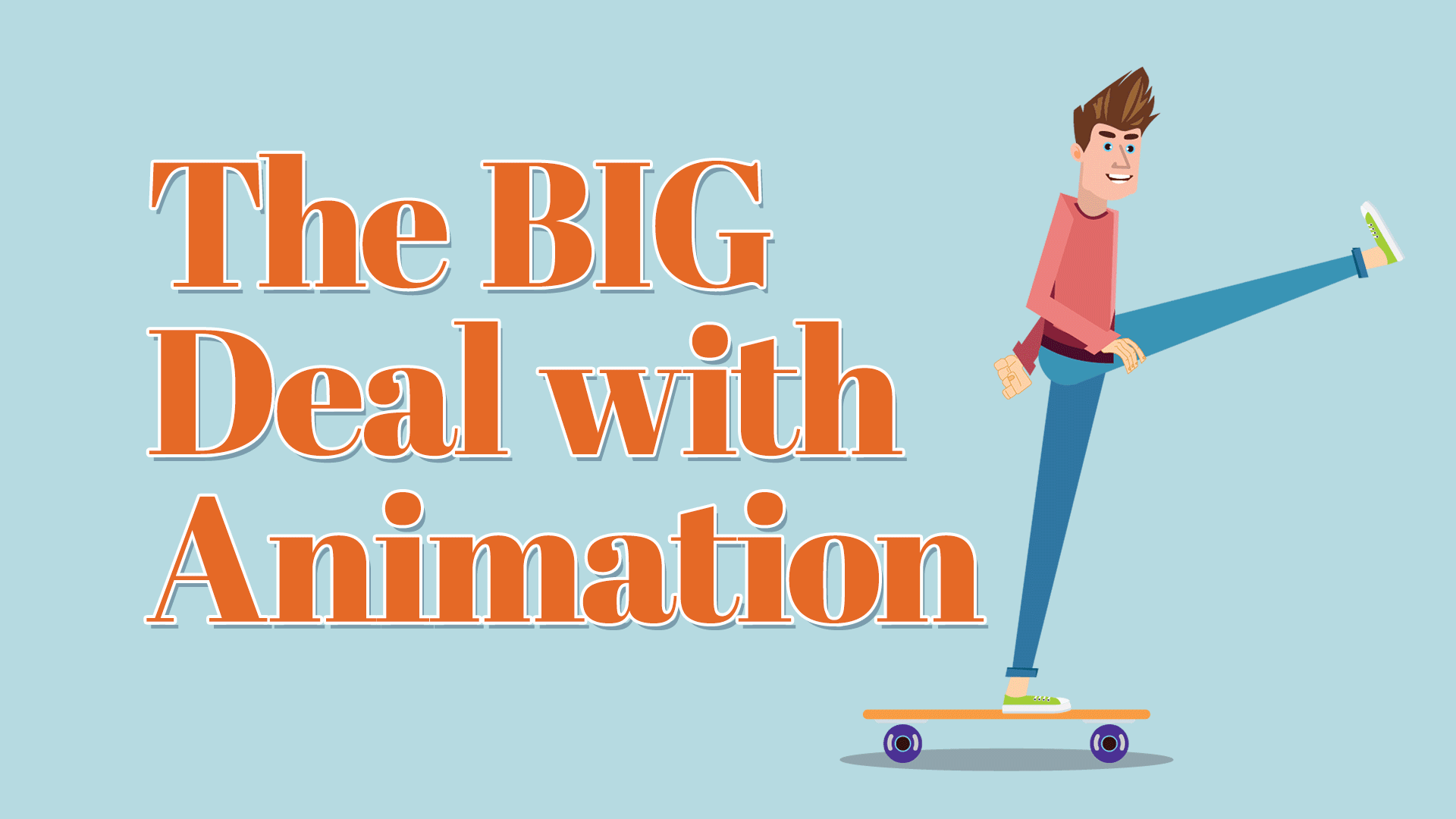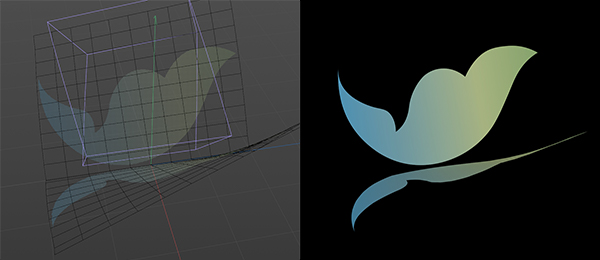
Digital Agency Blog
The Big Deal with Animation
Animation has a long history from Windsor McCay’s Little Nemo to Disney’s Snow White. Animation has grown from thousands of drawings on rice paper, flip book style, to computer-generated imagery (CGI). With the growth of the digital economy, comes new opportunities to use animations in ways we’ve never seen before. We’re witnessing a paradigm shift in the business-applicable ways animation can be leveraged to connect customers and add to the ability for brands to be recognized and remembered.
The use of the new CGI tech stacks not only cuts down on production time, but it also allows for immense detail through 2D and 3D renderings. When used stylistically with low bandwidth, faster real-time renderings allow for broad use across industry. This means animation is no longer limited to big budget movies and highly anticipated video games, it has crossed the chasm into user interfaces, websites, motion graphics, and interactive corporate identities.
Opportunity with Video-Style Animation
The best emerging marketing firms see the opportunity to grab market share from competitive brands who don’t incorporate animation within online advertising or inbound marketing funnels. In a few years, slow to adopt brands will discover static logos will be a thing of the past. Why? Static is lame. Why limit a graphic to a single, still rendering, when we have the technology and (finally) the bandwidth ability to present the same image with movement through multiple dimensions of communications that draw an emotional connection and memorability.
We’re seeing the same shift in animation that we experienced with static imagery being replaced with short video clips a few years back. We have the ability to communicate so much more information and truly break through the online advertising clutter with the addition of animation in our advertising arsenal.
FabCom now includes animated versions of corporate identity, within all of our branding and positioning projects as the standard. As the first agency to guarantee the results of adverting and marketing strategies, the first agency to provide digital dashboards that integrate marketing spend and results, the first agency to deploy AR/VR campaigns, and the first agency to deploy AI into marketing and customer experience funnels (okay, we’re bragging a bit, but we implement cool stuff), we now say no more static logos!
Cutting Through the Advertising Noise
Why are we ditching the static logos? Let’s face it—there’s a plethora of advertising noise in the world, and on the internet and an animated logo is way more interesting than a static one. According to StopAd Blog, on average, consumers are exposed to 5,000 ads a day, but can’t remember the majority of ads. Why? First of all, the human brain can’t absorb that much information, second, the brazen saturation of ads has created a phenomenon known as banner blindness. Basically, most consumers have learned to ignore ads for the sake of sanity.
As marketers, this means we need to figure out the best way to cut through the clutter without undercutting the authenticity and quality of our advertising. We don’t want our clients to be a part of the clutter, we want them to be the shining star amongst the mediocracy of copy and paste brands. In order to do that, we must touch the subconscious of the consumer to create an emotional connection to our clients’ brands. This happens within the brain and “under the radar” through strategic brand positioning.
See more about the science behind marketing with Neuromarketology.
Positioning is Still King
In marketing, positioning truly is king. Positioning is the secret sauce to high ROI advertising. Positioning converts advertising. Positioning makes advertising believable. Positioning lowers the barriers and allows brands to break through the normal subconscious defenses that require companies to spend ridiculous amounts of money on advertising messaging that doesn’t result in conversion. Positioning assures that your advertising claims are real, and your brand will deliver on those claims. Positioning shortens the decision-making process and convinces consumers to take action.
Yeah, yeah, yeah… Marketers have been talking positioning for years. It’s a cornerstone of marketing formally introduced by Ries and Trout—we all know the story and the importance. So, where does animation come in?
Read our take on how positioning has changed over the years.
Creating Emotion Through Animation
Animating corporate identities allows the story tellers to tell more of the brand’s story and deliver the message with motion, friction, and sequence. This is much harder to ignore. See the static logo and animated logo below. Feel the difference?

The math is simple. 90 percent of advertising costs goes towards placing the ads. The more ads are placed, the more ads are seen. That won’t change. 10 percent of your advertising costs goes towards the creation of assets. Why not get more bang for your buck when it comes to the 10 percent? Spending a little more during the creation stage to get that bangin’ animated logo can provide tenfold the return on investment.
Why? How is that possible? Having an eye catching, fluid, animated logo will capture people’s attention. An animation as the first greeting will get people to pause and pay attention to what you’re saying because it stands out from the crowd. An animated logo will open up consumers to having an experience with your brand. The same number of ads will get more clicks, impressions, and spur action because it can cut through the ever so cluttered advertising noise.
Marketing is more than pretty pictures and catchy words… It’s a feeling and emotion that connects consumers to their favorite brands. When marketing is done right, a loyal customer base follows. The trick—it all starts with the first impression, which never happens if your target audience doesn’t pick you out of the sea of promises (ads) and then remembers who you are.
The next time your company decides to undertake a new brand identity project, make sure you leverage a team who thinks through all the uses and channels of the corporate identity, brand positioning, and advertising, and brings those skills to your project.